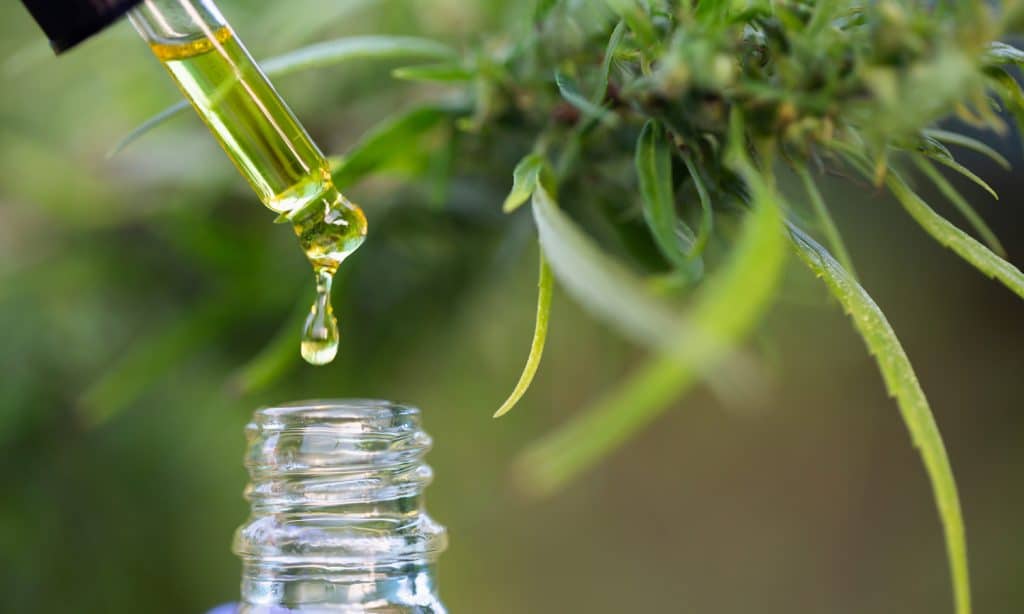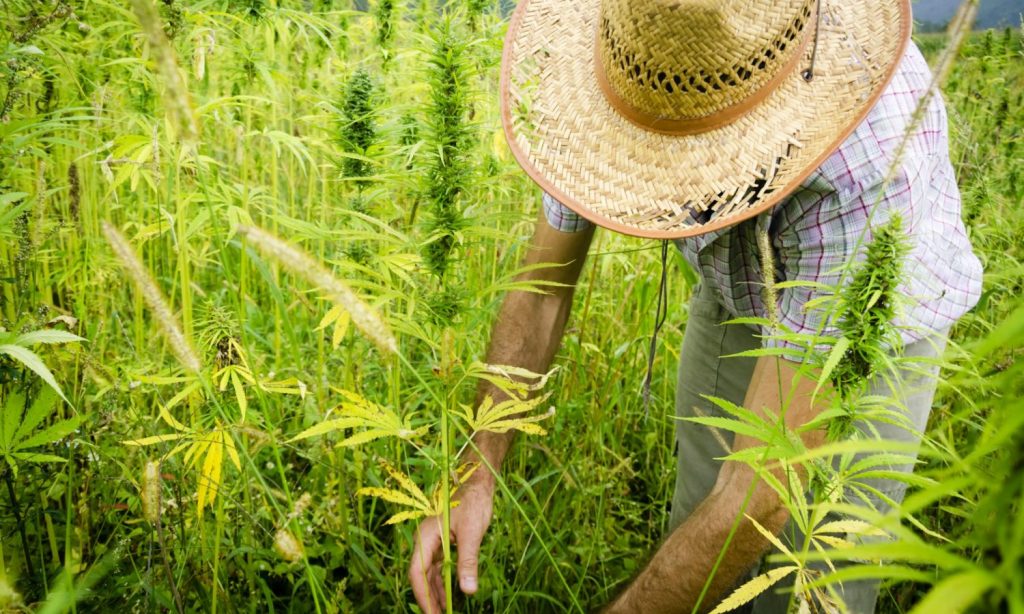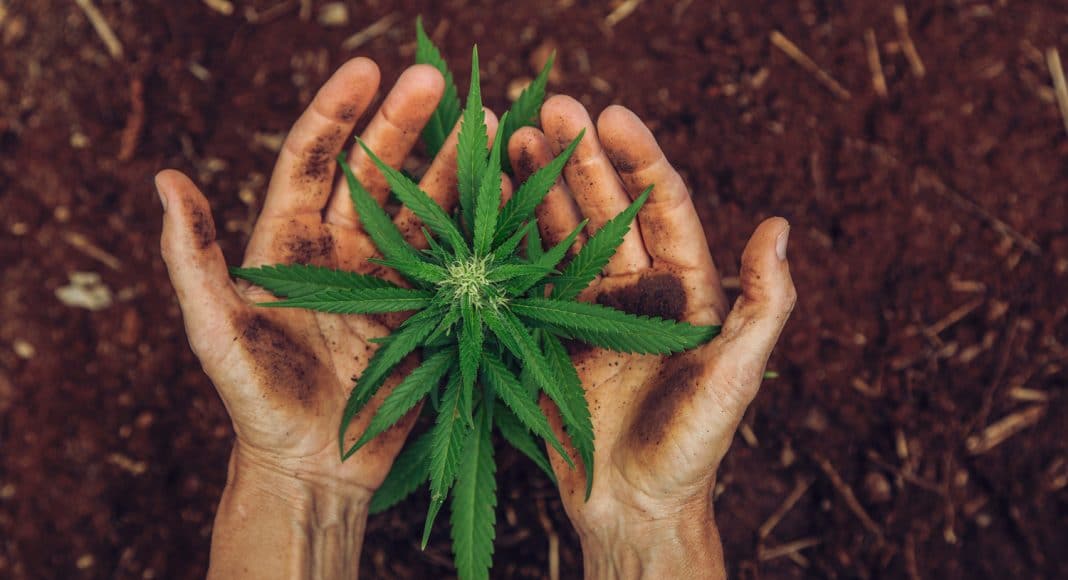Many farmers believe that if the FDA would settle the issues around hemp regulations, the market could recover.
As hemp prices continue to fall, farmers are leaving. When the Farm Bill of 2018 passed, farmers rejoiced at the ability to legally grow hemp. Visions of massive demand for CBD products caused farmers to plant thousands of acres.
Indeed, it seemed a sure-fire thing. Seemingly overnight numerous products on retailers’ shelves had some version with CBD included. Body products, foods, and supplements all touted the benefits of having CBD added. Then it all fell apart as several problems combined to crash the market.
The problems ranged from a lack of guidance from the FDA, falling prices, less demand for CBD than expected, weather-related issues, and a pandemic. The crops planted in 2019 led to a glut of biomass that persists today. Farmers who were unable to make any money have left the business leaving only the truly committed.

Price Crash
The glut of biomass caused the prices to slide as the market worked its way through the supply. Hemp Benchmarks’ latest August report wrote, “CBG Biomass and extracted CBG products also saw their observed wholesale prices continue to slide this month. In regard to Crude CBD Oil, Hemp Benchmarks observed USDA Certified Organic and THC Free product that helped to buttress the category’s spot price somewhat, but this month’s assessed price for Crude saw an overall decline on an increase in the frequency of reported deals settling under $100 per kilogram.” Indoor-grown CBD flower is down 3% from July, greenhouse-grown CBD flower has dropped 5% from July and only outdoor grown CBD flower saw its price rise by 7% from July according to the Benchmarks data.
One example of the drastic fall in prices comes from North Dakota, where Veronica Michael told the Hemp Benchmark, “When we first started extraction [in the spring of 2019], crude had been around $1,400 [per kilogram],” she remembered. “I got a call from two buyers in the last two weeks. One was in Colorado and one was in Washington. Both were offering from about $80 to $120 [per kilogram] for crude. That’s ridiculously low. When you look at distillates and isolates, the numbers aren’t good either. People want to buy distillates and isolates for less than we can make them for unless you’re a really big producer. It makes me nervous and scared for the future.”
Farmers Leaving
Hemp Benchmarks reported that it counted 10,881 hemp farming licenses issued nationwide for the 2021 season, down 45% from 19,799 hemp cultivation licenses documented in 2020. Brett Eaton, CEO and founder of Green Cherry Organics in Fort Collins, Colorado Told Hemp Benchmarks that “24 of the 28 hemp farmers he works with regularly are not planting hemp this year. Eaton’s company created the first USDA-certified organic hemp greenhouse in the United States. It also sells its CBD products and clones nationally, and works with hemp farmers in 11 different states.”
RELATED: Delta-8, Smokable Flower Is Saving Hemp Farmers
With no one to buy the hemp or prices so low that it doesn’t cover the expense of growing, many farmers returned to more traditional crops whose prices have soared. Corn and wheat crops affected by droughts have seen prices at three-month highs. The droughts in some areas contrast with overly heavy rains in other areas. The market has also seen a shift where hemp is being planted. Colorado hemp acres have fallen from 2020 to 2021, while Texas and Illinois have dramatically increased planting. Oregon, which has been a big state for hemp farmers, is seeing those acres face the criticism that the hemp plantings are masking actual illegal THC heavy cannabis farming.

Outlook
For now, the outlook remains challenging. Many of the farmers cited in the August Hemp Benchmark report said that if the FDA would settle the issues around hemp regulations the market could recover. However, the FDA seems to be punting back to Congress and isn’t moving to take a stand. No one can do anything about the weather or pandemic forced quarantine issues. The industry could be helped by consolidation, but that doesn’t look to be happening. The THC side of the cannabis industry is awash in M&A deals, but the hemp side has just seen businesses close versus being acquired or merging.
RELATED: American Hemp Farmers Will Continue To Struggle In 2021
One thing that could help with the 2019 glut is that some of the remaining product is now turning brown and moldy. That suggests that at some point CBD brands will need to buy new CBD products and with fewer farmers planting less acreage, prices would surely rise. Still, the hemp farming industry is clearly becoming one for long-term players. It is not the quick turn on investment that the THC cannabis industry enjoys.
This article originally appeared on Green Market Report and has been reposted with permission.


